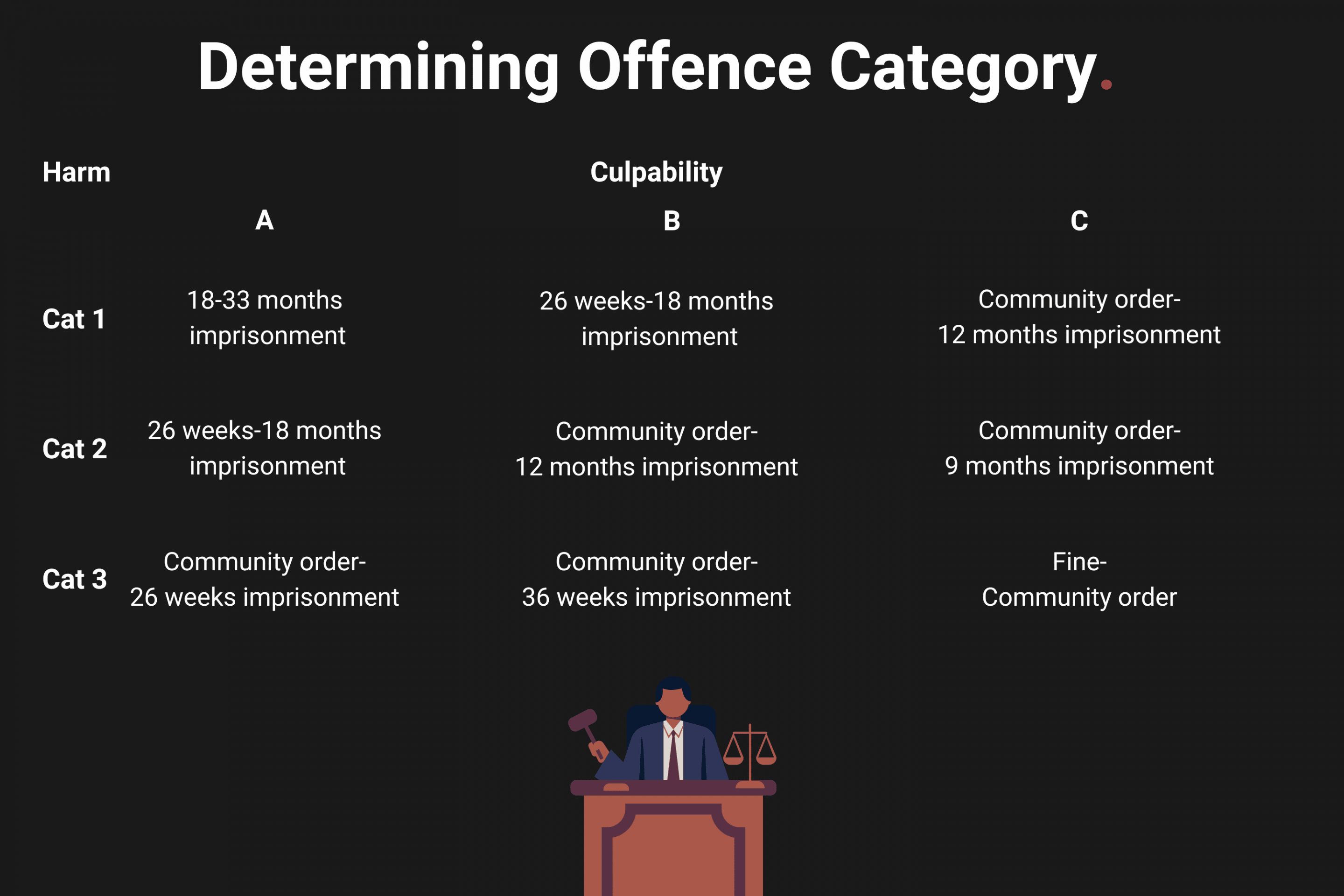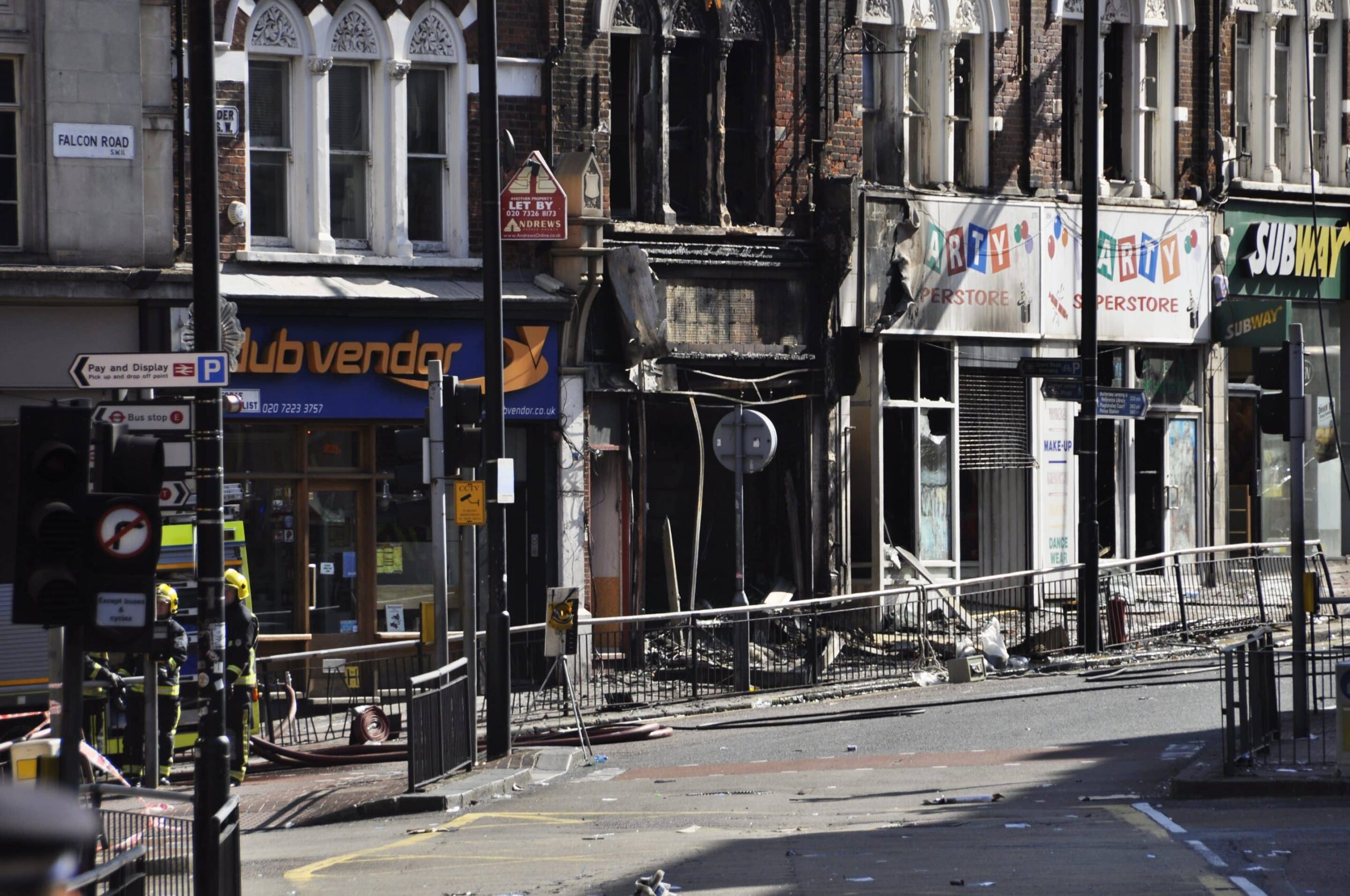Affray is a public order offence, which can result in a maximum sentence of 3 years imprisonment. Affray is less common than other assault charges and there can be confusion over what exactly the charge refers to. This article will help to explain what an affray charge is and how it differs from similar offences.
If you have a case you think we can help with, contact our team via 0203 007 5500 or [email protected].
What is affray?
Affray is a public order offence, defined under Section 3 of the Public Order Act 1986 referring to a ‘breach of the peace’ due to disorderly conduct.
To put it simply, affray refers to a disturbance involving violence or the threat of violence, to the extent of which another person of ‘reasonable firmness’ (referring to the average person) present at the scene would fear for their safety.
While the offence may seem complicated or unusual, affray aims to protect not only protect those involved in a violent incident, but also others present at the scene.
Affray cannot be solely committed verbally, therefore at the very least, there must be a physical gesture. Generally, affray charges relate to offences committed in a public place. However, offences can also take place in private, for example within a home.
Some examples of affray
- Fighting in public
- Threatening to attack someone
- Participating in a violent demonstration
- Driving recklessly in a public place
- Setting off fireworks in a public place
Affray cannot be solely committed verbally, therefore at the very least, there must be a physical gesture. Generally, affray charges relate to offences committed in a public place. However, offences can also take place in private, for example within a home.

What is the difference between affray and other assault charges?
The key difference between affray and other assault charges (such as common assault, ABH, or GBH) is that it is an offence against the public peace rather than the individual themselves.
Affray charges may, in some instances, be accompanied by an additional assault charge.

How serious is an affray charge?
Affray is a serious offence.
A conviction of affray can also have significant consequences beyond court-imposed penalties. Due to the violent and serious nature of the offence, a conviction may severely impact an individual’s reputation and employability.
What to do if you’re accused of affray?
If you are facing an affray charge, it is important to seek legal advice as soon as possible. An experienced lawyer will be able to advise you on the best course of action and help you build a defence against the charge.
Common Defences
There are several potential defences for an affray charge, depending on the circumstances. These include:
- If you were acting in self-defence or in defence of another person, you may be able to argue that your actions were justified.
- To qualify as affray, the disturbance must have been intentional or reckless. Therefore, f you can prove that your actions were accidental or unintentional, you may be able to avoid a conviction.
- In order to convict someone of affray, the prosecution must prove beyond a reasonable doubt that the individual committed the offence. Therefore, insufficient evidence may lead to the case being dropped.
Affray sentencing guidelines.
Sentences can range from a fine to up to 3 years imprisonment and are dependent on a variety of factors. Offences are determined based on a combination of culpability and harm:
Culpability
A: Targeting of an individual or individuals by a group, use of weapon to inflict violence, of serious or sustained violence, intention to cause fear by threat of serious violence.
B: Threat of violence with a weapon (the offender does not need to produce a weapon), otherwise behaviour falling between A and C.
C: Inflicting or threatening minimal violence, acting in self-defence/due to fear of violence.
Harm
Category 1: Serious physical injury. Or serious fear caused to others.
Category 2: Harm falling between category 1 and 3.
Category 3: Little or no physical injury caused. Or some fear caused.

There are some other factors that will be taken into account during sentencing:
Potentially aggravating factors
- Number of people affected
- Whether the incident was prolonged
- Prior convictions
- Threats/violence directed at public servants or service animals
- High level of involvement if incident involved a group
Potentially mitigating factors
- Remorse
- Mental disorder or learning disability
- Evidence of steps taken to initially defuse the situation
- Low level of involvement if incident involved a group
Notable cases.
2011 London riots
The London riots were a series of violent disturbances that took place in London in 2011, involving thousands. The riots resulted in extensive damage to property and injuries, including many police officers. In the aftermath of the riots, many offenders were charged and convicted with affray, with some receiving lengthy sentences.

Ben Stokes
England cricketer Ben Stokes was charged with affray after a fight outside a nightclub in Bristol. The incident was described as a ‘sustained episode of significant violence’ from Stokes, who had ‘lost control’. Stokes claimed he instead had stepped in to defend two gay men who were being verbally abused by two other men, and then had to defend himself following threats of violence. The court found Stokes not guilty of affray, as he was acting in self-defence and used reasonable force.












Comments
There has been an innocent that the police are stating it is under affray. After reading my law books nothing come close to what actually happened that day. There is CCTV evidence. The 2 people the innocents are the one getting done for affray, also received a snap chat message stating they were coming for the NoN guilty party. Also the female who caused this is pregnant and was 12 weeks at the time. The innocent happened around mid APRIL. Please can you help me with a defence for the innocent party.
Extra information is that once the pregnant women then turned up to the innocent parties home, they did not have a secure front. Which caused many anxiety for the 16 year old now but was 15 and has server mental health issues that can be proven by doctors. (The son they was abusing)
Hello Harley-rose, thank you for your comment and explanation of the circumstances. If you would like help with this matter, please book a consultation with our solicitors where you will be able to discuss details and options. You can book in by calling 0203 007 5500 or emailing [email protected].
Leave a comment Your email address will not be published.